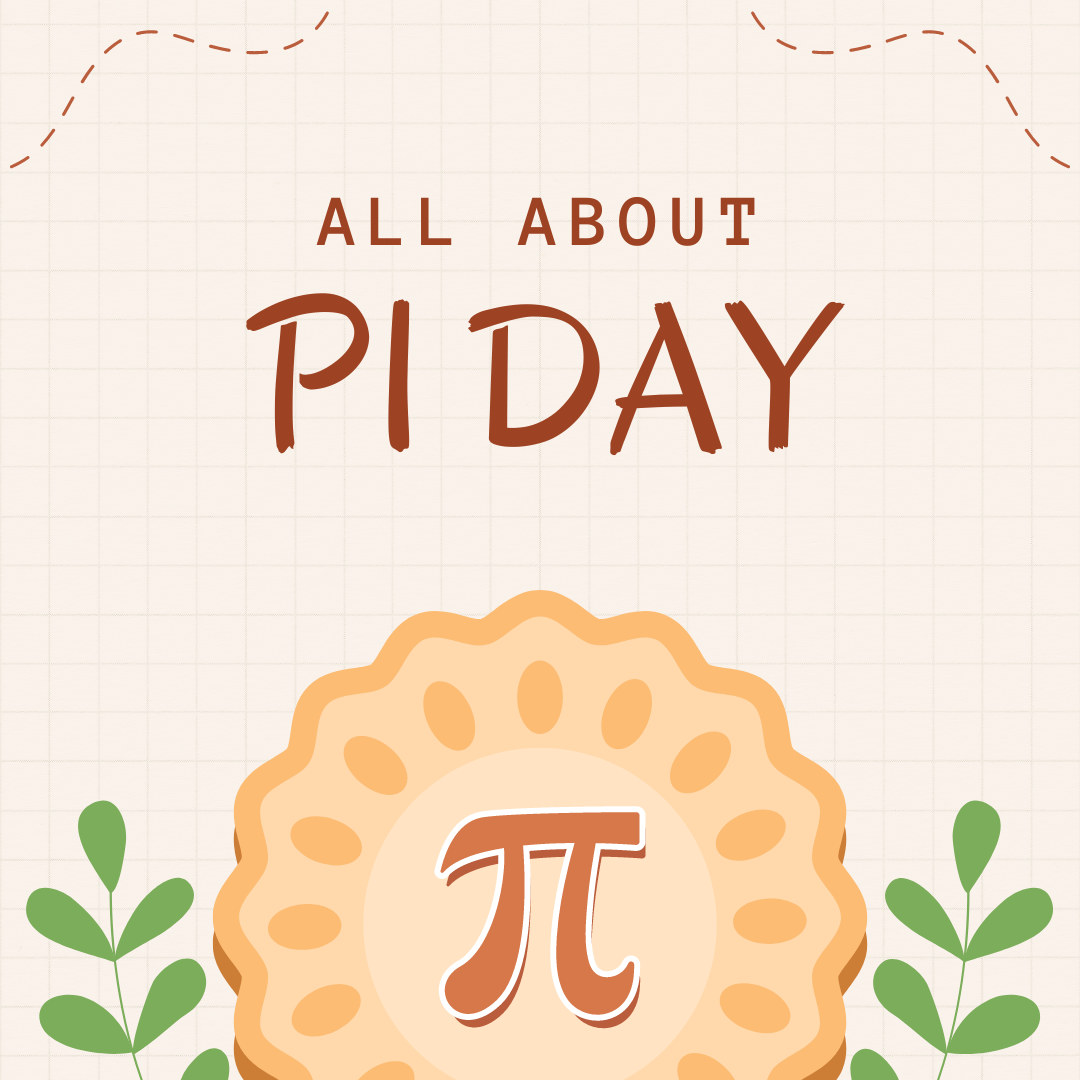Every year on March 14, people around the world celebrate Pi Day. Pi Day is a holiday surrounding the mathematical value π. The date, 3/14, is specifically chosen in reference to the approximation of pi as 3.14.
π, written as pi, is the ratio equivalent to a circle’s circumference to its diameter. Pi is an irrational number that never ends or enters a repeating pattern. It’s a transcendental number, meaning that pi itself can never be found as the solution to a problem that only involves finite values
Pi Day was started by a physicist named Larry Shaw in 1988 while working for the San Francisco Exploratorium. Shaw and the Exploratorium began hosting public events for Pi Day in 1989, with celebrations at 1:59 p.m. in reference to the expanded version of the number, 3.14159. The event included eating pie and celebrating the birthday of renowned theoretical physicist Albert Einstein, who coincidentally, was born on March 14, 1879.
Pi day was honored by the House of Representatives in 2009, recognizing March 14 as “National Pi Day” in a vote that passed by a margin of 391-10. The bill also recognized the importance of the National Science Foundation’s math and science curriculum, as well as encouraging schools to celebrate Pi Day with math and science activities.
Pi day was also recognized by UNESCO’s 40th general conference as International Math Day in 2019. In some countries, Pi day is celebrated on July 22nd, or 22/7 in the DD/MM format, a value that approximates Pi to two decimal places and dates back to the ancient Greek mathematician Archimedes.
Pi day is also occasionally celebrated on Nov. 10, the 314th day of the year, or on June 28 as 2π day, Tau day, or 𝜏 day, representing the value 𝜏, the equivalent of 1 turn, 2π radians or 360 degrees.
Pi day is often celebrated with math and science related activities, as well as eating pie. In 2020, the Massachusetts Institute of Technology (MIT) began releasing decisions to applicants at 1:59 p.m. on 3/14, representing the first six digits of pi.











